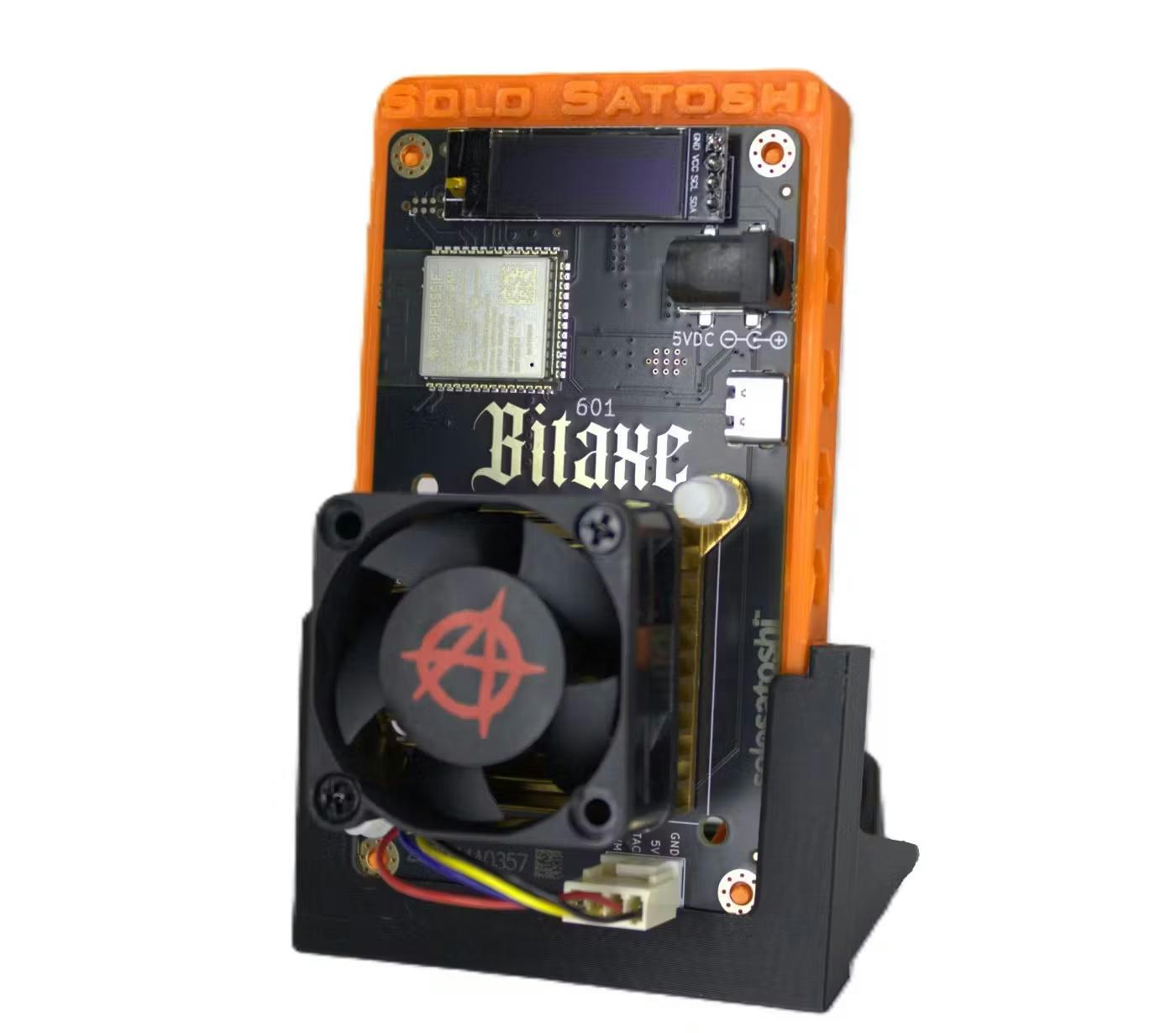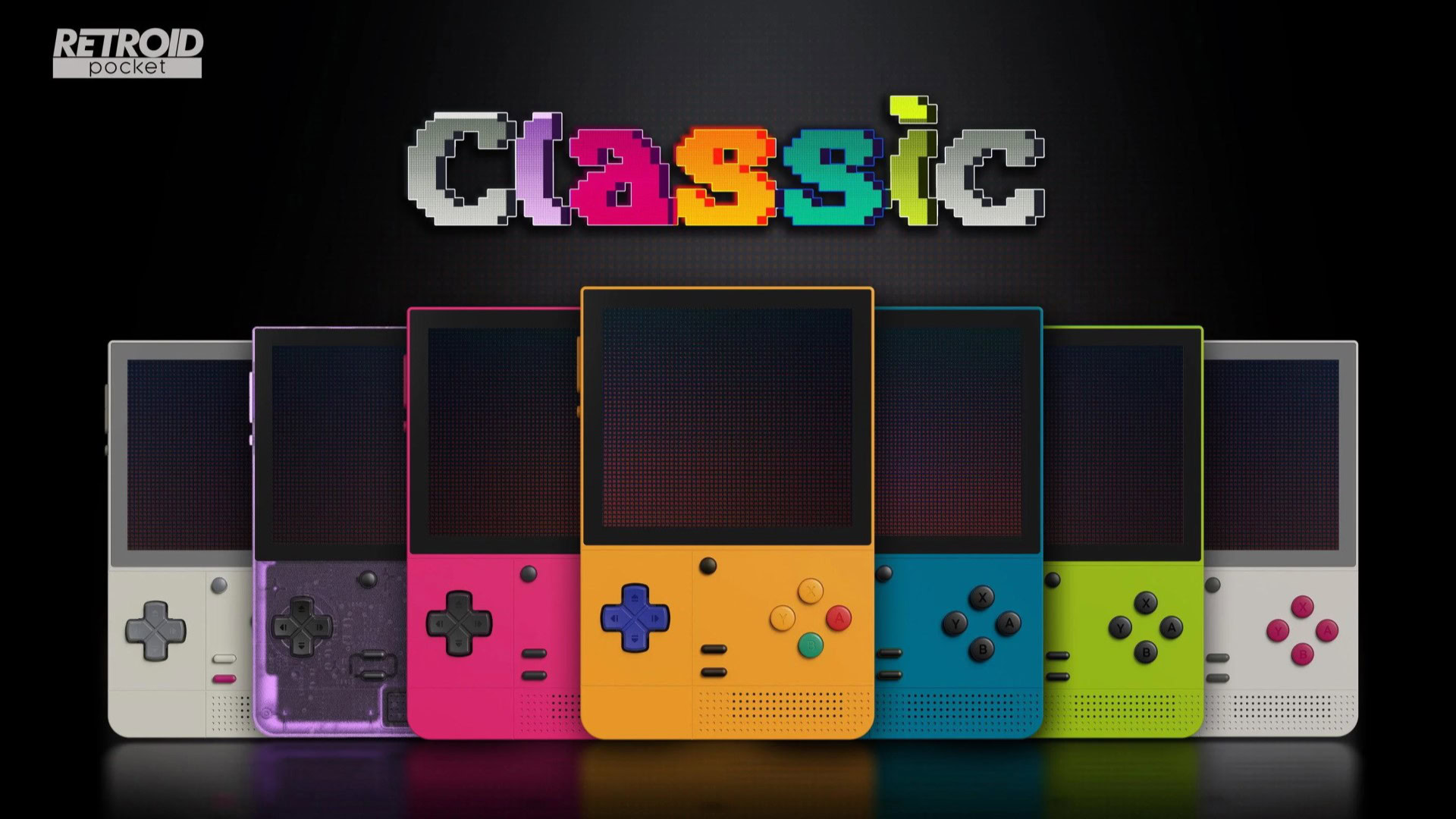The Chaos Within
Bitcoin mining, once a playground for tech hobbyists, has increasingly been overtaken by corporate giants, but a grassroots revolution is gaining momentum. On April 15, 2025, Solo Satoshi announced a pivotal milestone on X: over 10,000 Bitaxe miners sold, contributing more than 10 petahashes of hashpower to bitcoin home miners globally. Fueled by a chaotic, unplanned flash sale, this achievement signals a global shift, with Bitaxe miners humming in homes from North America to Africa, Europe to Asia. These compact devices are bringing mining back to the people, enabling anyone to strengthen Bitcoin’s decentralized network. This article dives into the Bitaxe’s technology, its role in home mining, and the milestone that proves small bitcoin mining machines can reshape the future of Bitcoin.
A Global Milestone for Home Mining
The sale of 10,000 Bitaxe miners marks a turning point for Bitcoin. Each miner represents an individual or small group bolstering the network’s security, collectively delivering over 10 petahashes (10 quadrillion hashes per second) of computational power. Operating in diverse settings, from rural cottages to urban apartments, these devices show that solo mining is not a relic; it’s a reality. The global spread of Bitaxe miners highlights a rising demand for accessible, efficient tools that empower everyday people to contribute to Bitcoin’s decentralized ecosystem.
This milestone was driven by a spontaneous flash sale for the Bitaxe Gamma, priced at $125.99. Launched on a whim by Solo Satoshi, the sale sparked a frenzy, pushing the company past the 10,000-device mark. Unlike the massive Antminer rigs dominating corporate mining farms, the Bitaxe offers a compact, energy-efficient option for home use. A weekly giveaway of a Bitaxe 601 Gamma with free global shipping followed, further expanding the device’s reach. As Bitcoin’s halving events reduce the block reward every four years, efficiency becomes critical, making the Bitaxe’s role increasingly vital.
Solo Satoshi: Pioneering Access to Bitaxe
Founded in May 2024, Solo Satoshi is led by Matt, Hunter, and Kelsie, a trio committed to making Bitcoin mining accessible. Matt’s strategic insight, Hunter’s technical knowledge, and Kelsie’s operational expertise drive the company’s efforts through their website, solosatoshi.com. As sellers of Bitaxe miners, they focus on connecting people with open-source bitcoin mining hardware, providing resources and a community hub for enthusiasts.
The Open-Source Movement in Bitcoin Mining
Bitaxe is a product of the open-source movement, a core principle of Bitcoin’s philosophy. Created by @skot9000 (on X), the Bitaxe’s designs, schematics, and firmware are freely available on Github, inviting anyone with technical curiosity to build, modify, or enhance the device. This openness fosters a global community of developers and miners who share knowledge and drive innovation. Unlike proprietary systems that restrict users to rigid ecosystems, the Bitaxe encourages customization, making it a versatile tool for learning and contributing to Bitcoin’s security.
The open-source approach is gaining momentum as home miners seek alternatives to expensive, controlled hardware. By providing access to the Bitaxe’s blueprints, the community ensures mining remains inclusive, enabling hobbyists and small-scale miners to participate affordably. This movement aligns with Bitcoin’s values of transparency and decentralization, positioning the Bitaxe as a beacon of resistance against centralized control in mining.
Centralization Fears in Bitcoin Mining
Large-scale mining operations have sparked concerns about Bitcoin’s decentralization. Insights from sources like Ocean (a decentralized mining pool) and other industry voices highlight key risks. First, the concentration of hashpower in a few major pools could enable collusion, allowing dominant players to manipulate transaction confirmations or prioritize specific transactions. Second, geographic centralization in regions with cheap electricity creates vulnerabilities to regulatory actions or natural disasters. Third, proprietary hardware limits innovation and locks miners into costly systems. Finally, the environmental impact of industrial mining, with its energy-intensive farms, has raised sustainability concerns.
The Bitaxe miner counters these issues by enabling individuals to contribute hashpower from their homes, reducing dependence on centralized pools. Its open-source design challenges proprietary hardware monopolies, and its low energy consumption supports greener mining practices. For those pursuing lottery mining (where a solo miner competes for the rare chance to mine a block and claim the full block reward), the Bitaxe provides a practical way to participate independently.
What is a Bitaxe?
The Bitaxe, instigated by @skot9000, is a compact, open-source Bitcoin mining device designed to make mining accessible to everyone. When it first appeared, few outside the open-source community recognized its potential, but Solo Satoshi, among the earliest adopters, championed it through sales on their website and the X platform, helping it reach thousands. The Bitaxe is engineered for home use, delivering 1.2 terahashes per second (TH/s) while consuming just 18 watts, a fraction of the power required by industrial miners. This efficiency makes it ideal for small-scale home mining setups, offering a stark contrast to the resource-heavy equipment of large operations.
The Bitaxe Gamma, exemplifies its user-friendly design. With plug-and-play functionality, beginners can connect the device to a power supply, change a few settings, and start mining bitcoin in minutes, no complex setup required. Advanced users benefit from its open-source nature, which allows customization, such as modifying firmware and the plethora of adjustments that can be made through AxeOS (The Bitaxe’s operating system). The Bitaxe’s compact size, 40mm fan, and very low heat output means it can run quietly on a desk or shelf, blending seamlessly into home environments. Unlike traditional miners that demand specialized cooling or infrastructure, the Bitaxe is built for simplicity and accessibility
Versatility is a hallmark of the Bitaxe. It supports solo mining, where miners compete independently for block rewards, as well as pool mining for more consistent payouts. Its affordability and efficiency appeal to hobbyists, educators, and those mining to support Bitcoin’s network rather than solely for profit. The device also doubles as an educational tool, helping users explore blockchain technology and mining mechanics hands-on. By distributing the Bitaxe, Solo Satoshi has made this technology widely available, enabling a new wave of miners to engage with Bitcoin’s ecosystem.
The Rise of Home Mining: Plebs Take Charge
Home mining is experiencing a revival, powered by devices like the Bitaxe. In Bitcoin’s early days, anyone with a computer could mine, but rising difficulty shifted the landscape to industrial farms. The Bitaxe reverses this trend, allowing ordinary people to run miners from their homes, contributing to Bitcoin’s security. This movement is about more than earning rewards; it’s about upholding Bitcoin’s decentralized ethos.
The Bitaxe’s simplicity makes home mining feasible. With low power costs (comparable to a lightbulb) and minimal setup, it fits into any household. Miners need only a stable Wi-Fi and a small space, and the device’s quiet operation ensures it runs without disruption. For many, the excitement of solo mining, chasing the elusive block reward through lottery mining, is a driving force, but even pool miners strengthen the network’s resilience.
Stories of home miners illustrate the Bitaxe’s impact. A student in Tokyo mines from their dorm to learn about blockchain, while a retiree in Texas runs a Bitaxe to support Bitcoin’s mission. These plebs, as the Bitcoin community affectionately calls grassroots enthusiasts, are proving that small-scale mining matters. The 10,000 Bitaxe miners sold, represent a growing network of home miners fortifying Bitcoin’s decentralization.
A Bright Future for Bitaxe and Bitcoin
The milestone of 10,000 Bitaxe miners sold, powered by 10 petahashes and an anarchic flash sale, marks a pivotal moment for Bitcoin mining. Matt, Hunter, and Kelsie, through Solo Satoshi, have played a key role by distributing these devices globally, making them accessible to thousands. Their early support for Skot’s creation and their chaotic energy has helped the Bitaxe become a cornerstone of home mining.
As Bitcoin grapples with centralization and scalability challenges, the Bitaxe offers a path forward. It empowers individuals to contribute to the network, learn about bitcoin mining, and uphold Bitcoin’s decentralized principles. With every Bitaxe running in a home, the network grows stronger, more resilient, and truer to its roots. Visit solosatoshi.com to explore the Bitaxe and join the movement. Bitcoin’s future lies with the plebs; will you be one of them?













